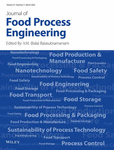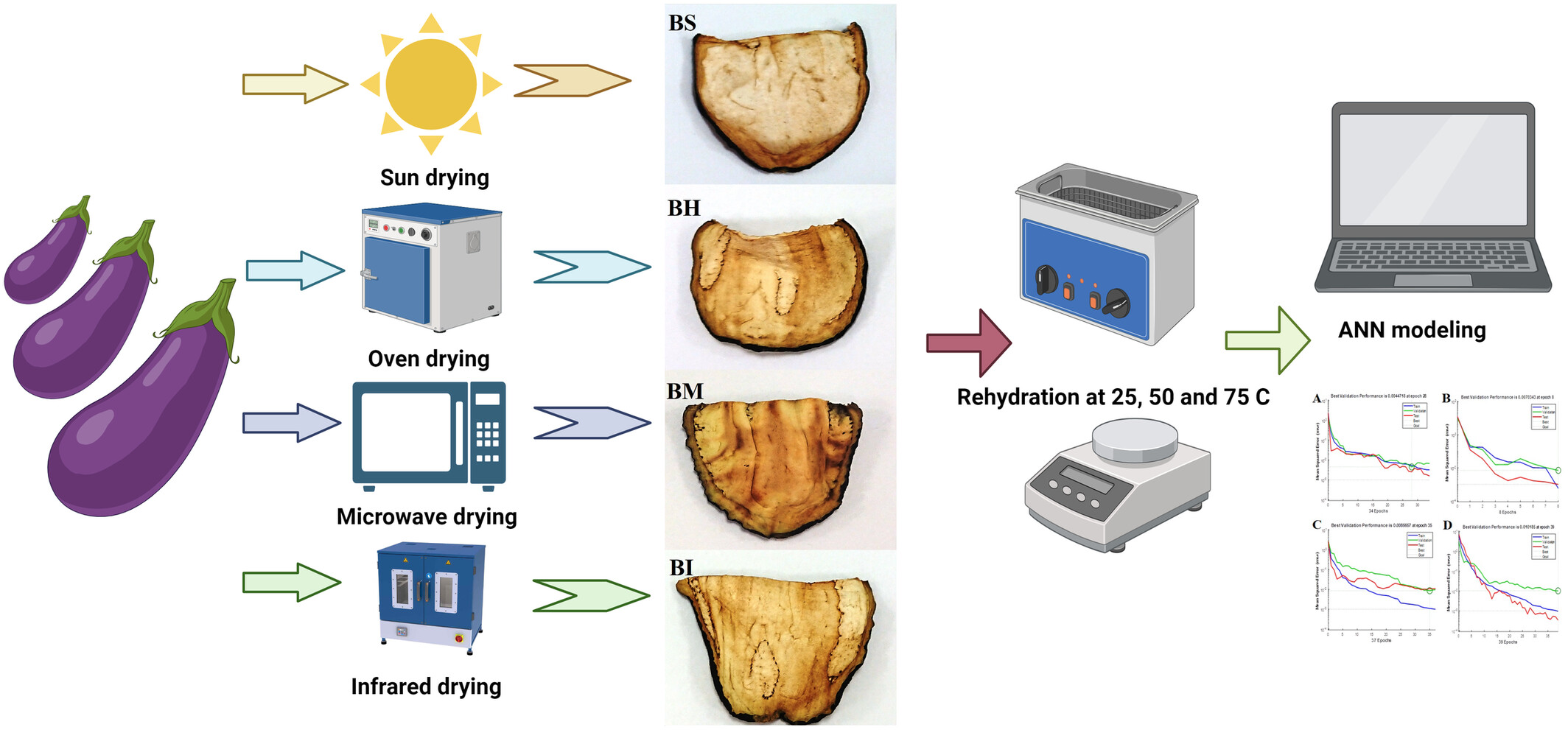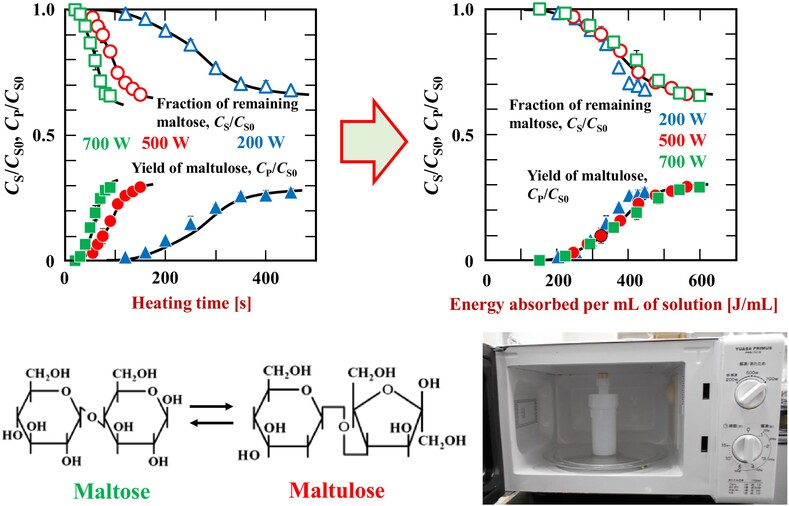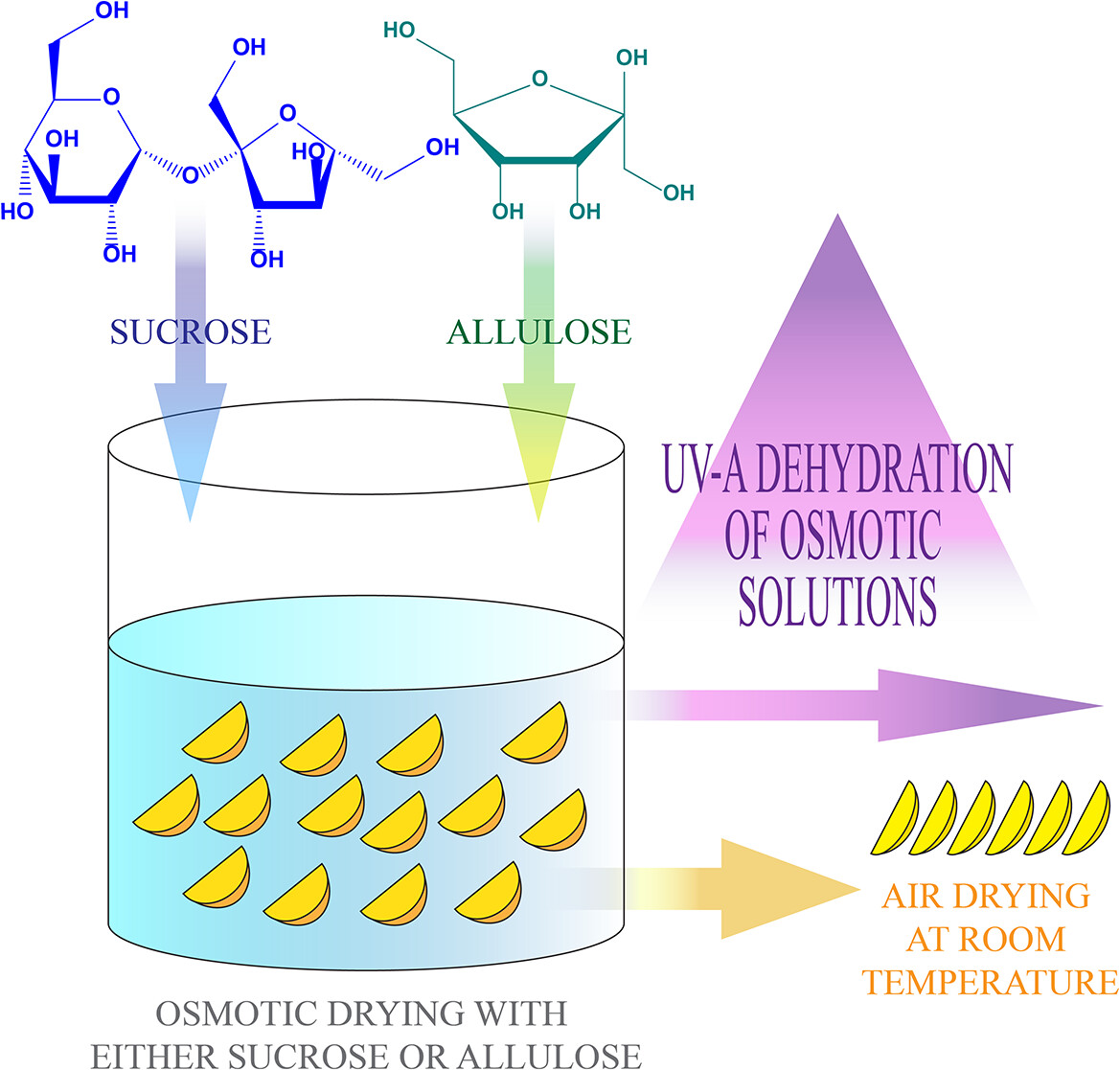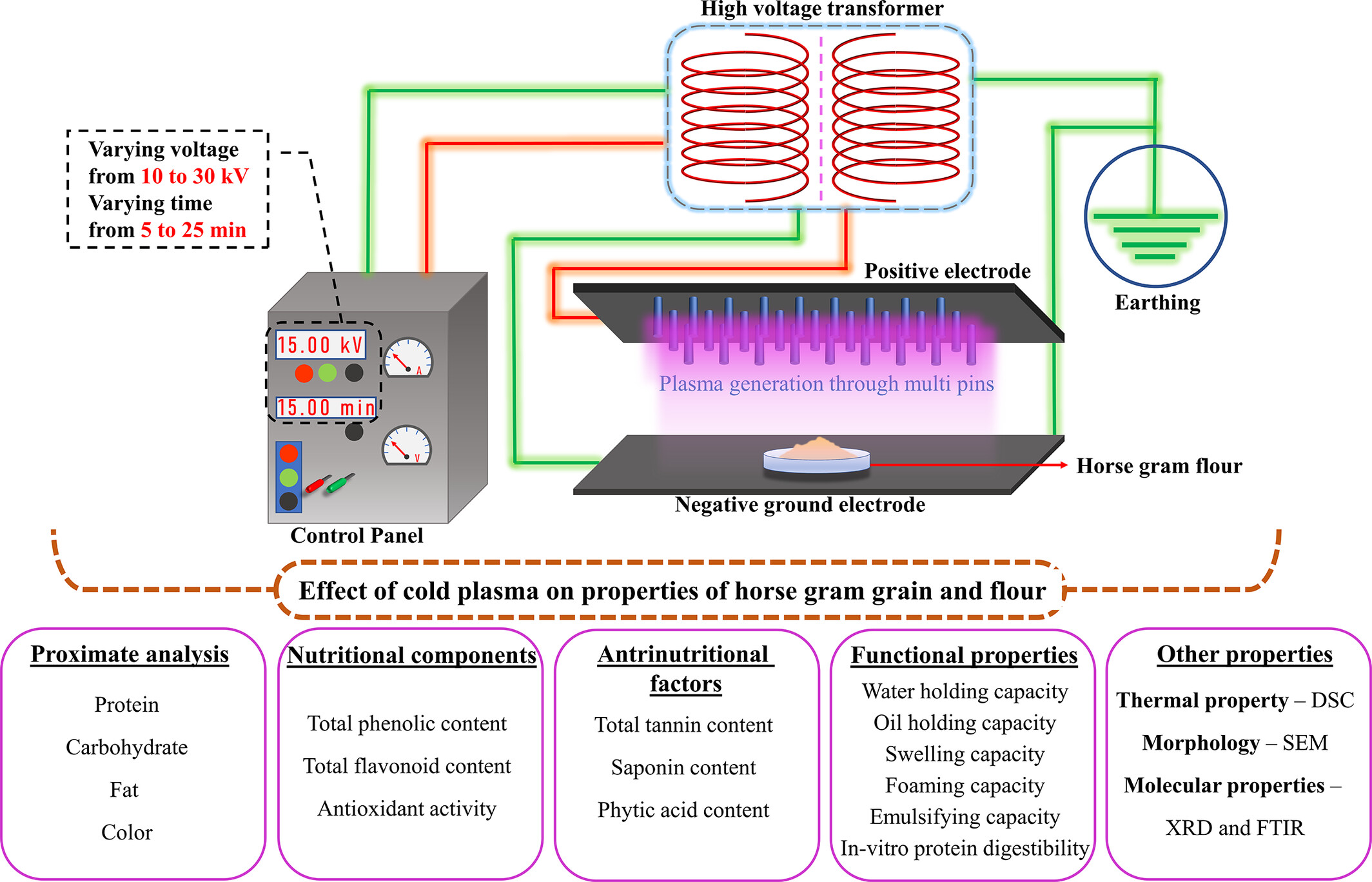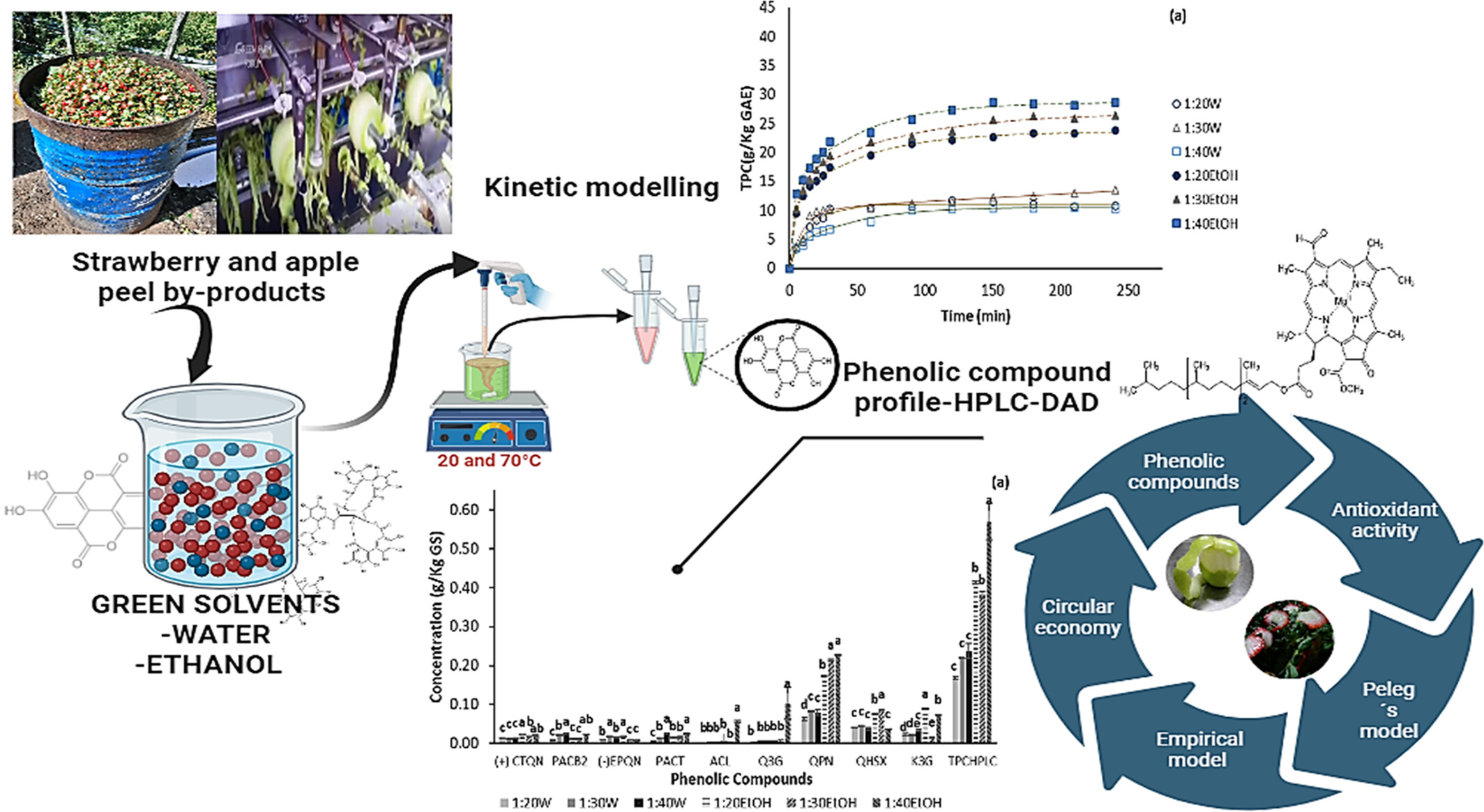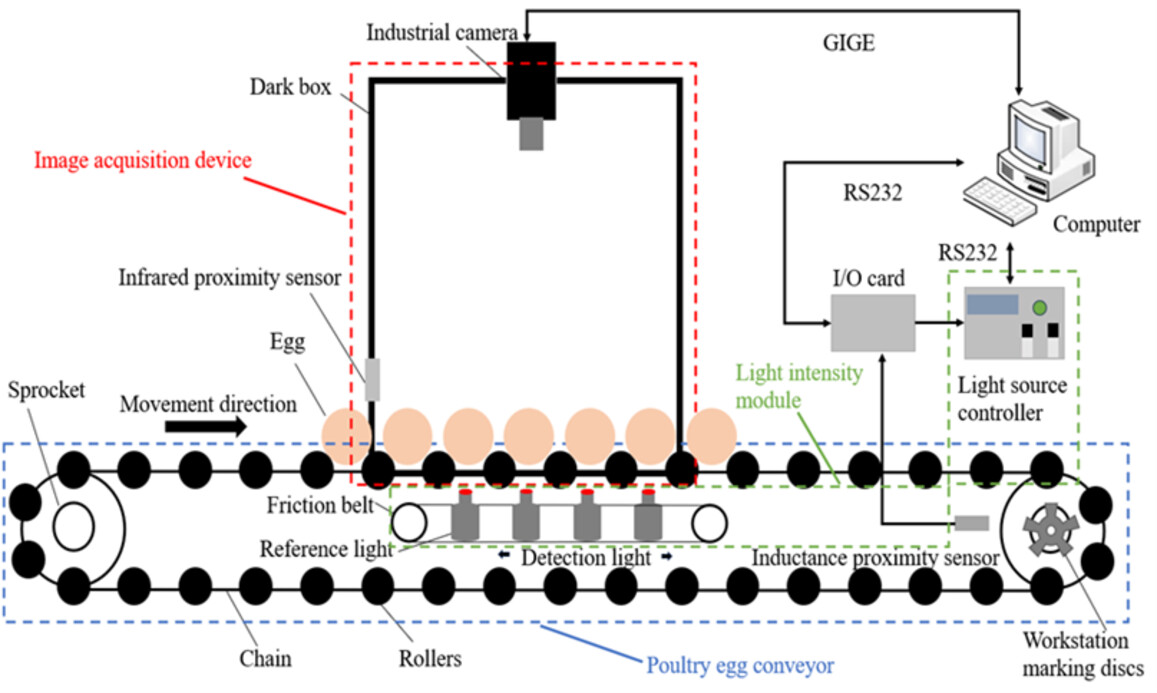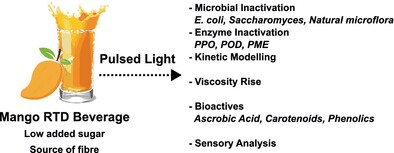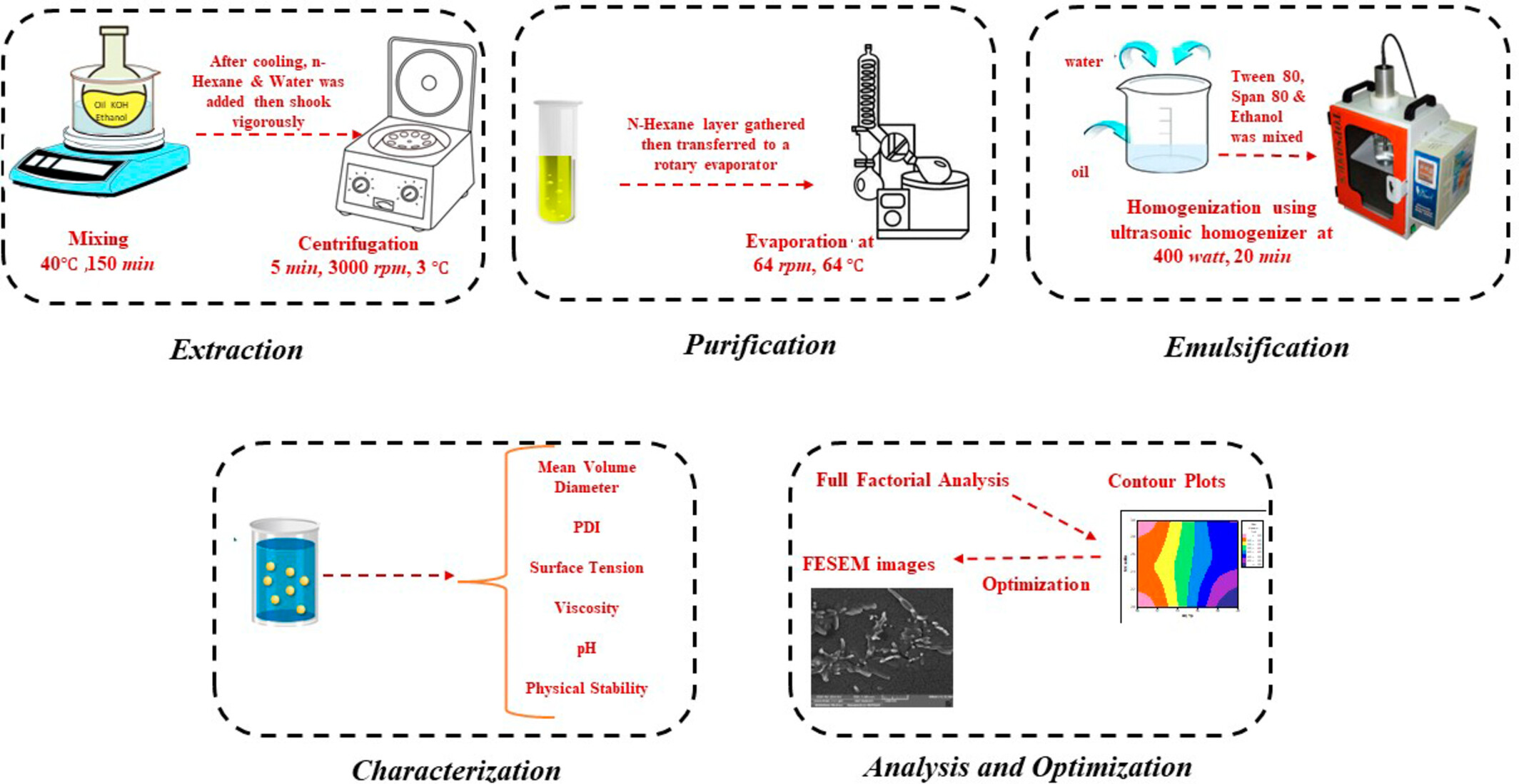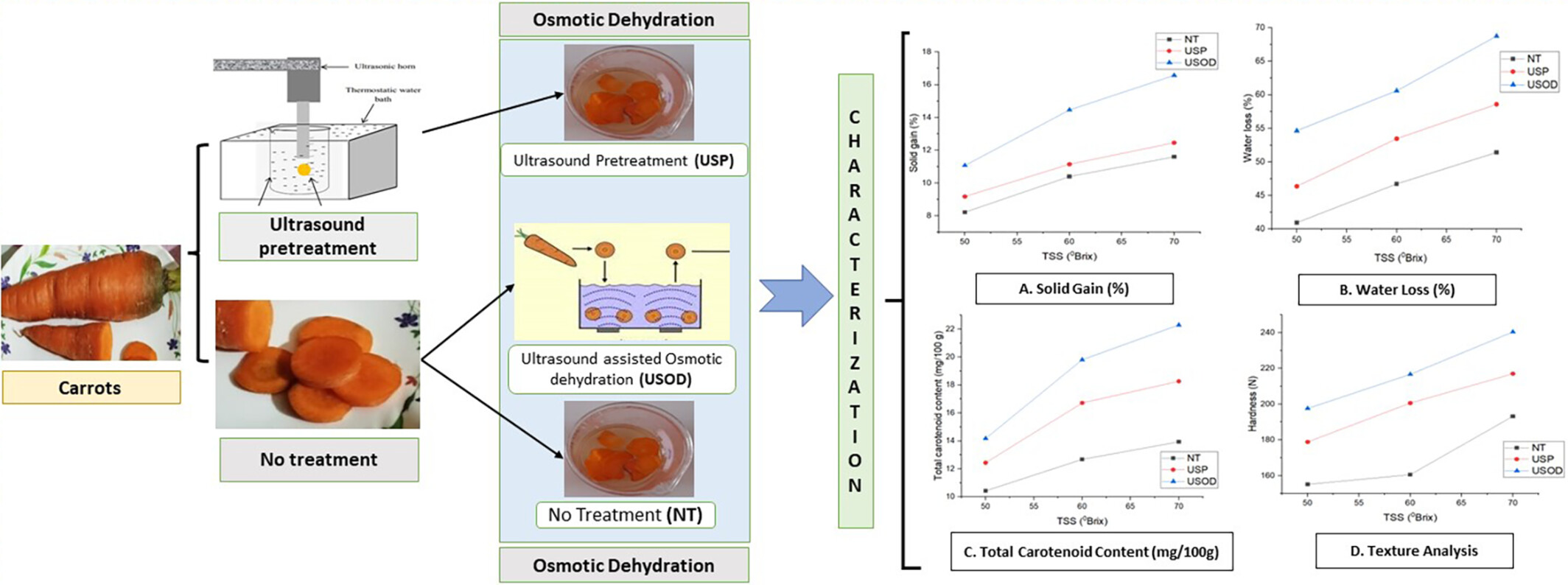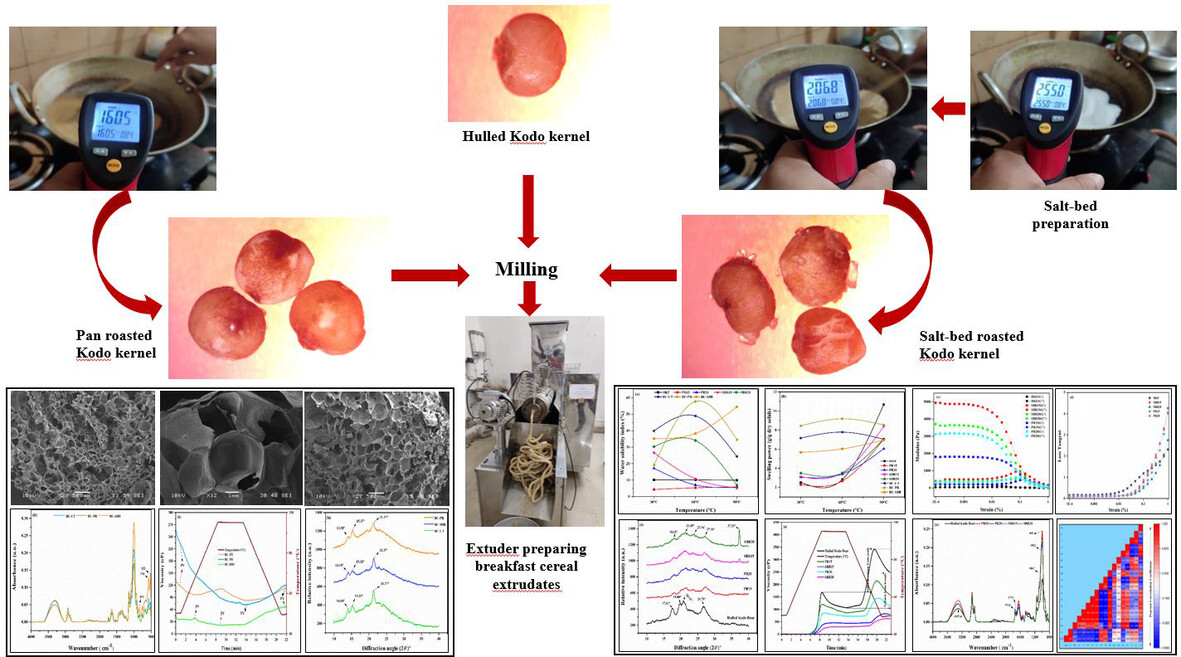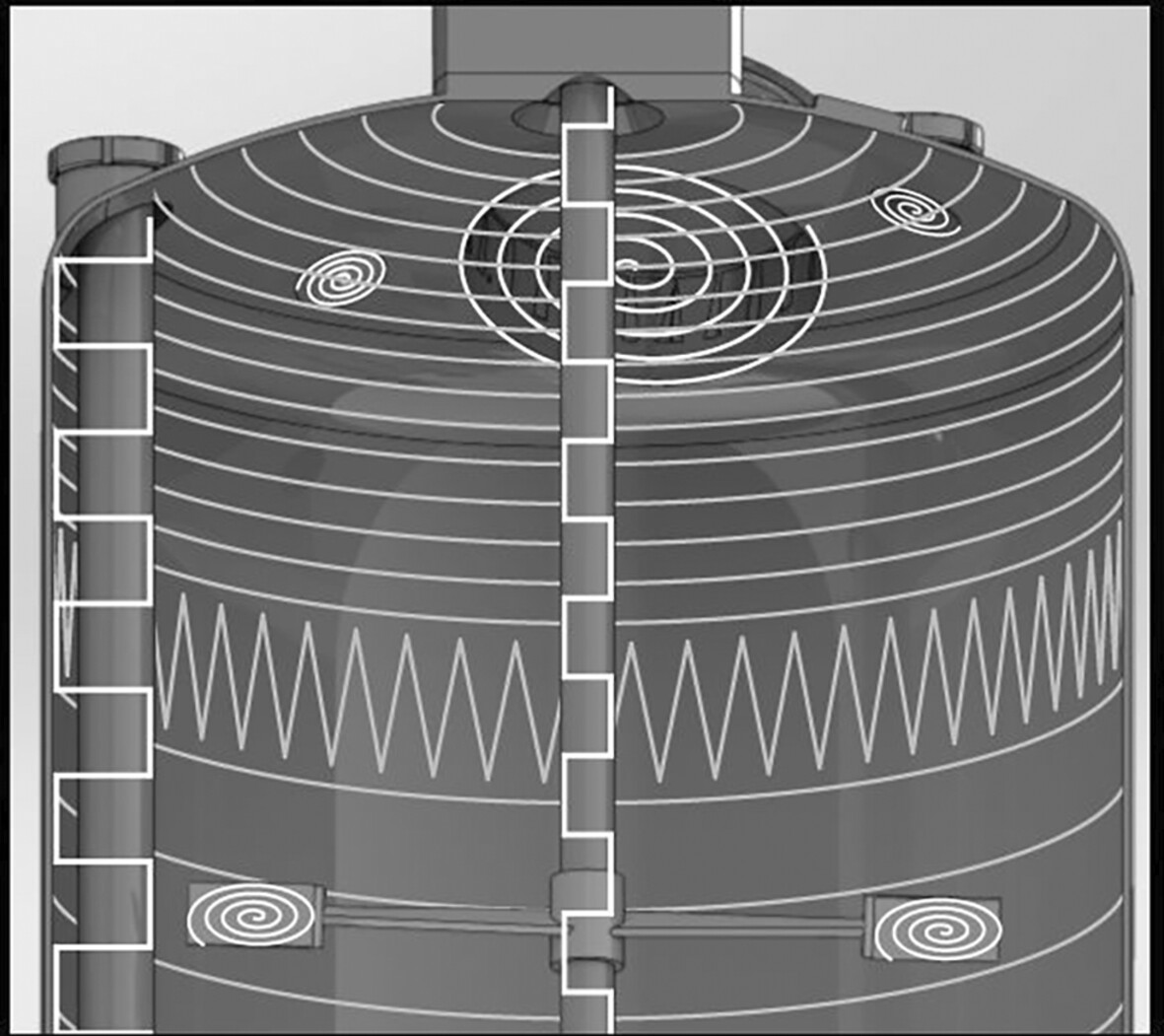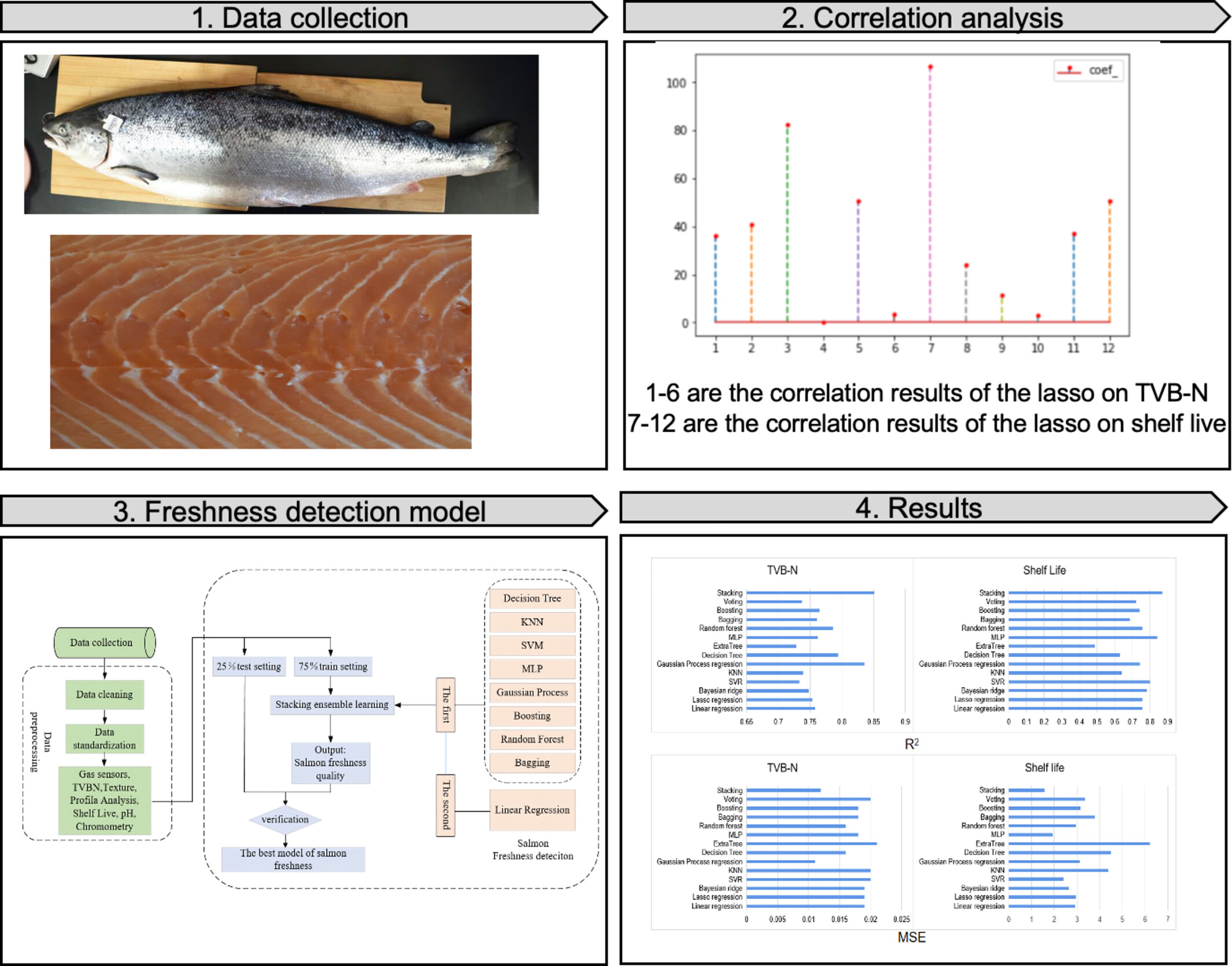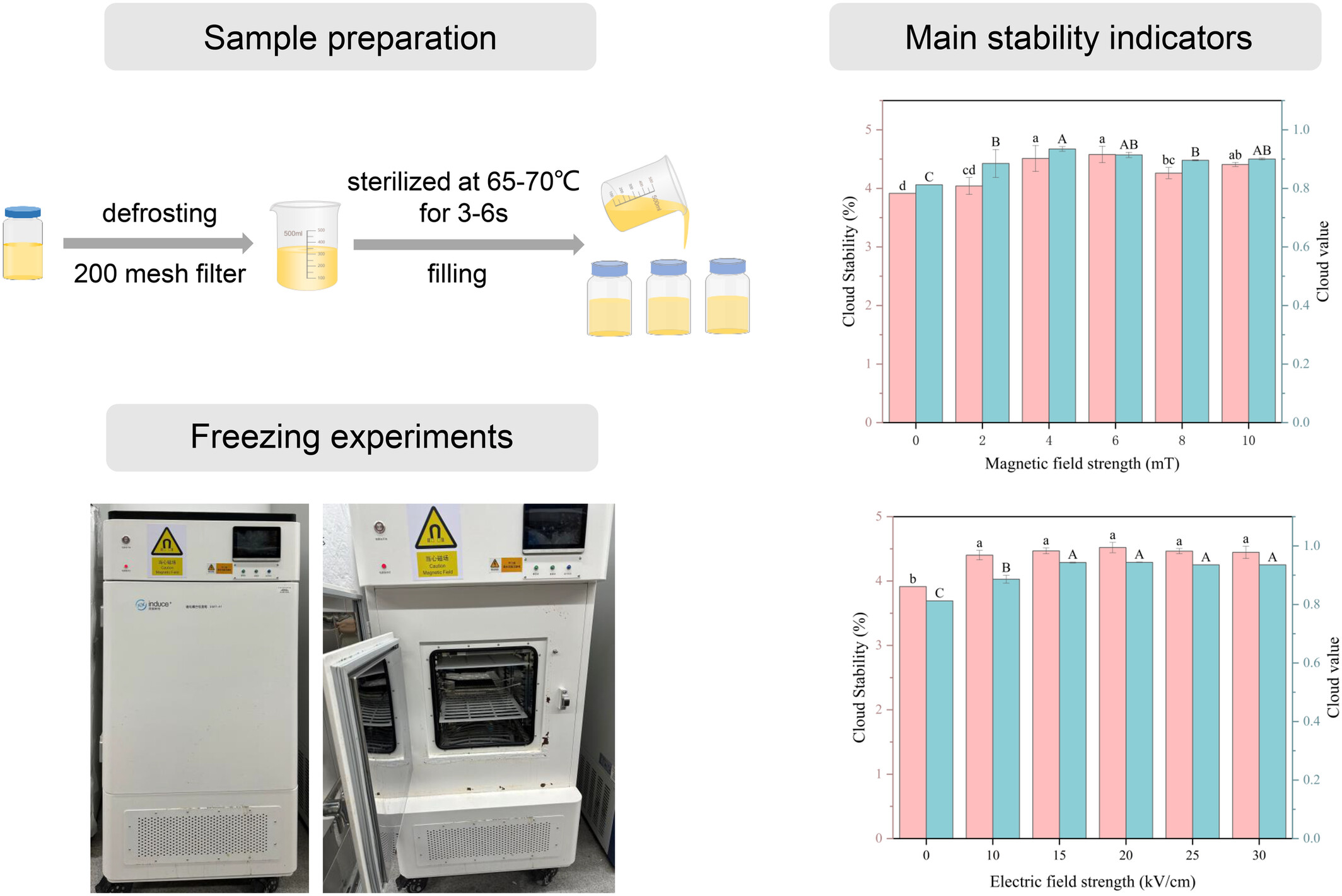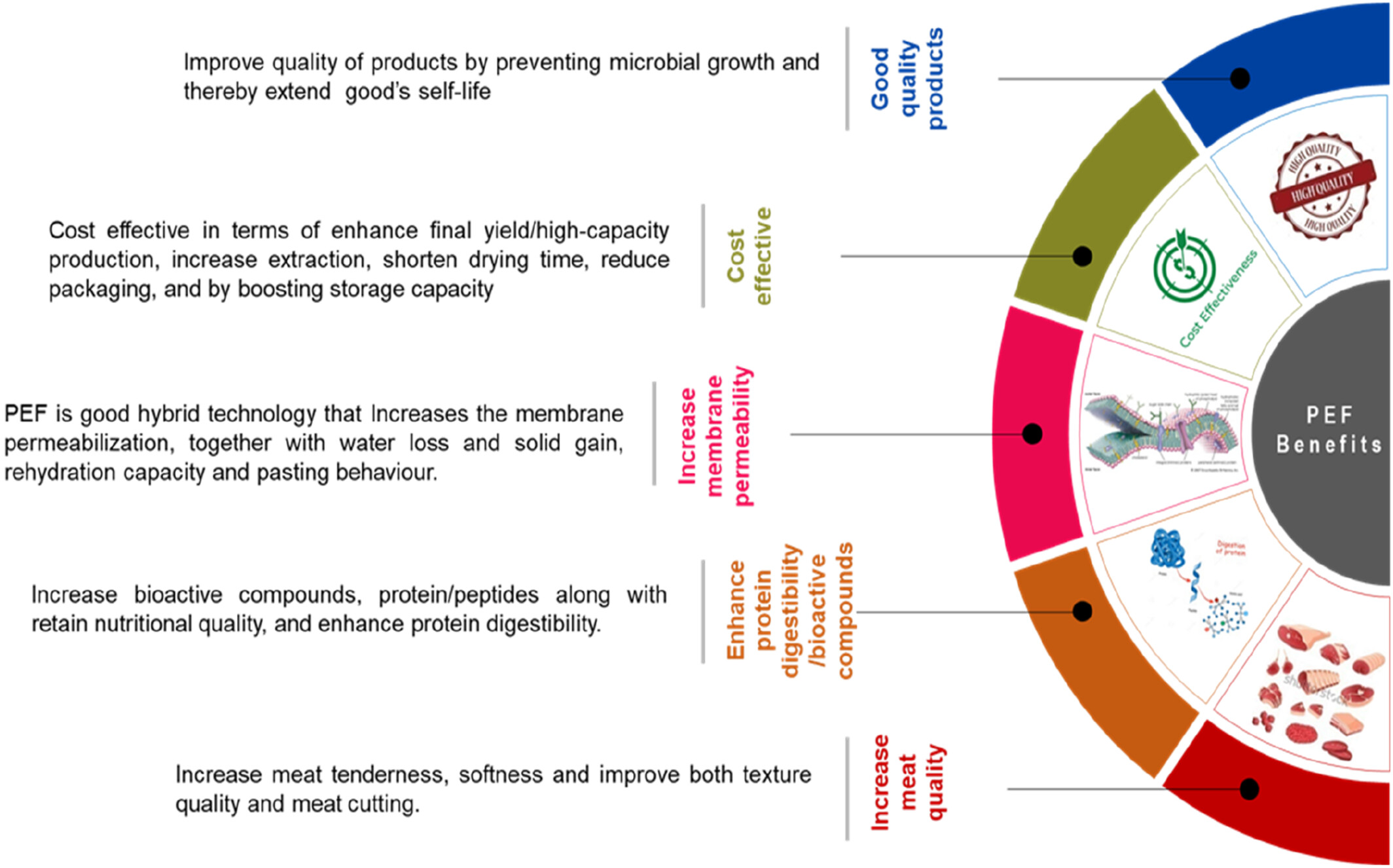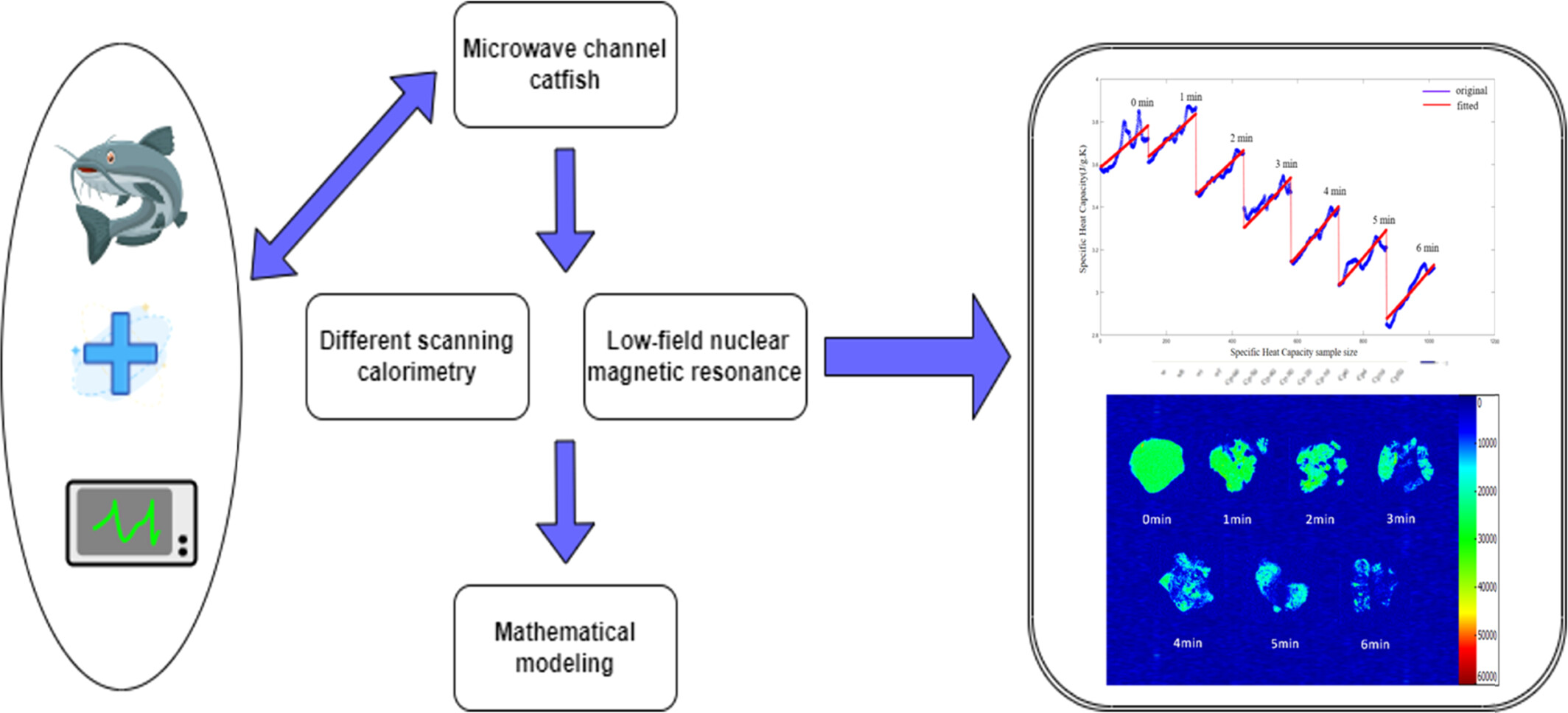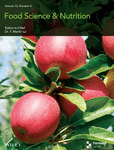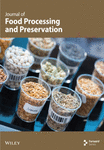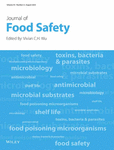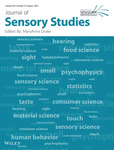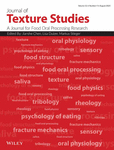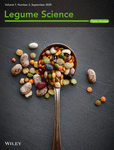Journal list menu
Export Citations
Download PDFs
ISSUE INFORMATION
ORIGINAL ARTICLES
Kinetic and artificial neural network modeling of dried black beauty eggplant (Solanum melongena L.) slices during rehydration
- First Published: 27 February 2024
Isomerization of maltose to maltulose by microwave heating, using arginine as a catalyst
- First Published: 29 February 2024
Progressive stirred freeze concentration: Effect of operative parameters on vital statistics of beer
- First Published: 27 February 2024
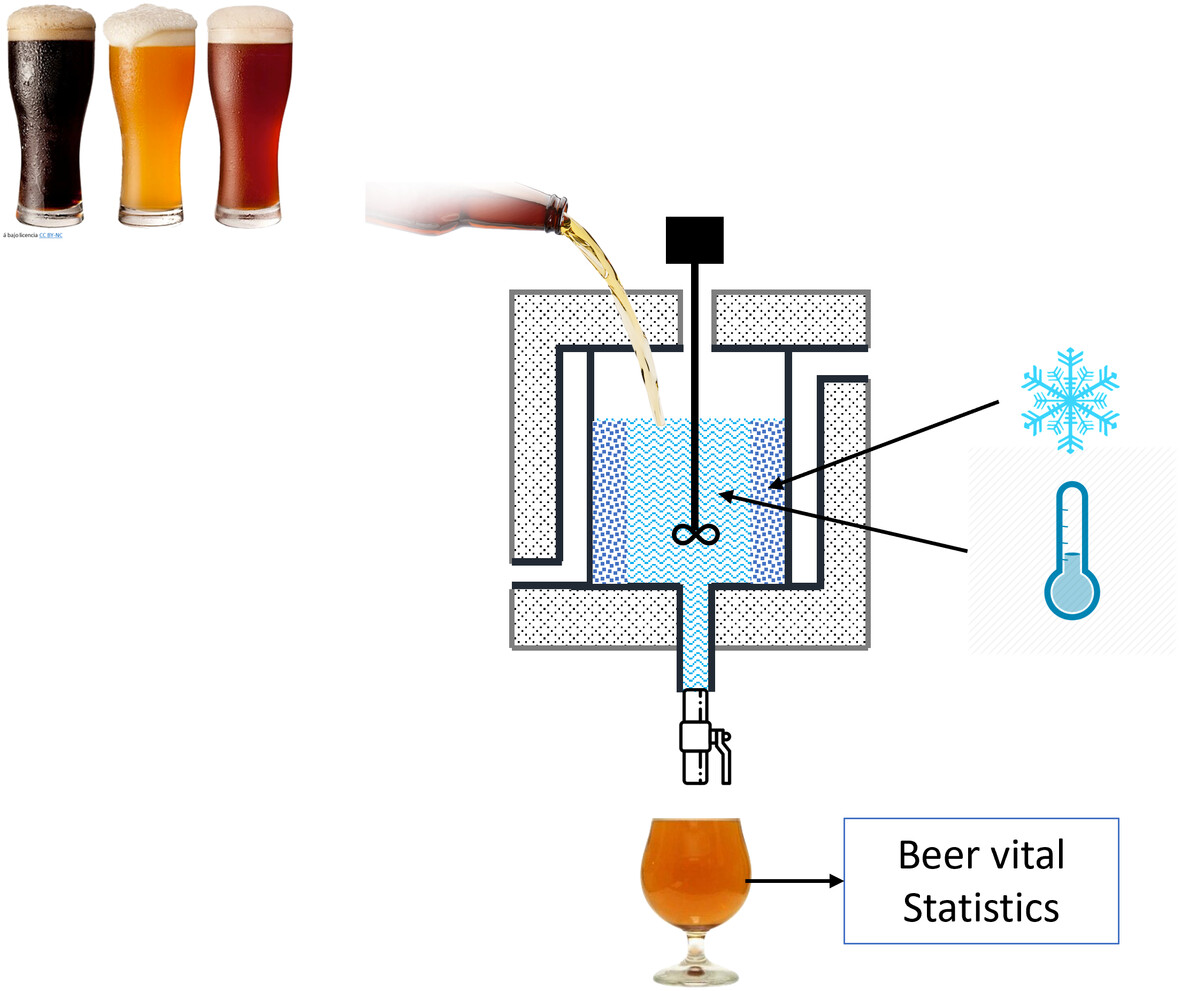
Progressive stirred freeze concentration was applied to three craft beers, evaluating the effect of operative parameters over the vital statistics of beer. Furthermore, a response optimization allows for changes in the ethanol content, total solids, color, and bitterness, possibly classifying them as new beer styles.
Comparison of engineering properties of organic and inorganic coconut: Implications on the design of coir fiber extraction machine
- First Published: 27 February 2024
Allulose-crystallized fruits: Effect of non-thermal air-drying and UV-A light dehydration of osmotic solutions
- First Published: 27 February 2024
Effect of pin-to-plate atmospheric cold plasma on technological and nutritional functionality of horse gram (Macrotyloma uniflorum) flour
- First Published: 28 February 2024
Effect of aqueous ozone treatment on the reduction of chlorpyrifos and physicochemical and microbial qualities of cucumber (Cucumis sativus L.): Process modeling and optimization
- First Published: 28 February 2024

This study explored the impact of aqueous ozone treatment on chlorpyrifos degradation in cucumbers, optimizing conditions using both response surface methodology (RSM) and artificial neural network-genetic algorithm (ANN-GA). While both models demonstrated high predictability, the ANN optimized conditions surpassed RSM in chlorpyrifos degradation, resulting in enhanced physicochemical and microbial qualities in cucumbers.
Effects of high hydrostatic pressure on the functional properties of soy protein isolate
- First Published: 28 February 2024
Kinetic modeling of valuable phenolic compounds extraction from strawberry and apple agro-industrial by-products
- First Published: 01 March 2024
Research on the upgrade and maintenance method of apple soluble solids content models
- First Published: 02 March 2024
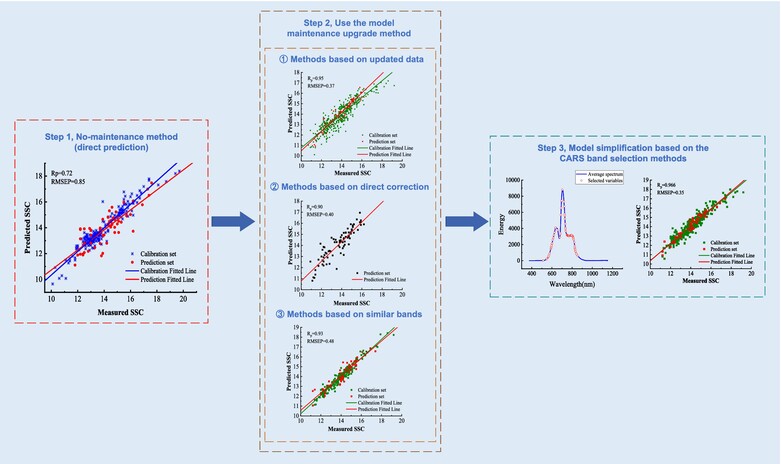
Three methods were used to upgrade and maintenance the model, which are based on updated data, direct correction-based method, and similar band-based method. And the prediction model was established after combining the CARS method for wavelength selection to compare the prediction effect of different models.
Deep-bed drying kinetics and thermodynamic parameters of high-moisture parboiled paddy (ASD-16) in a reversible airflow fixed bed dryer
- First Published: 04 March 2024
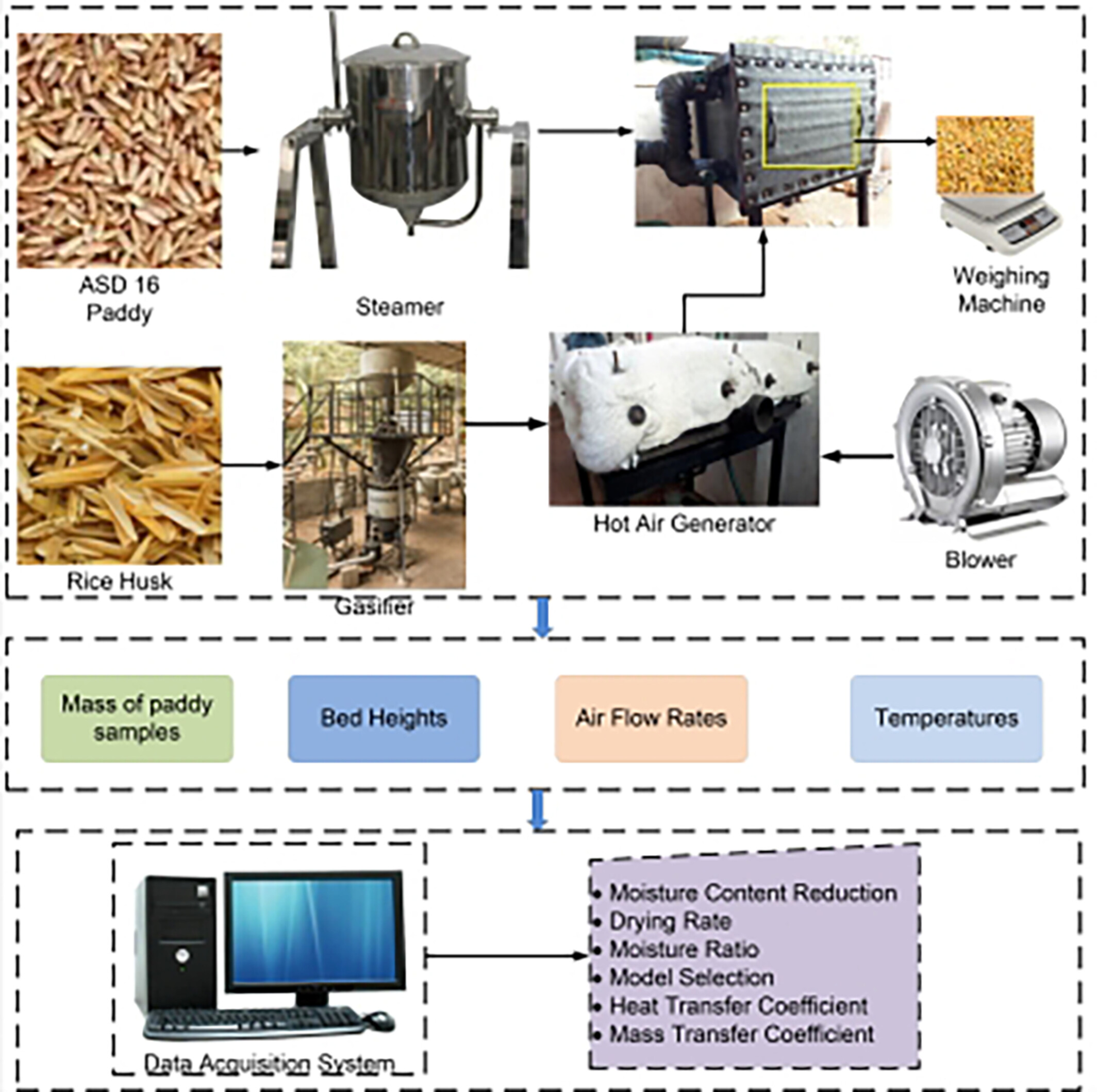
The deep-bed drying kinetics and thermodynamic parameters of high-moisture parboiled paddy (ASD-16) were investigated using a reversible airflow fixed bed dryer (RAFBD). The RAFBD—designed for energy efficiency, cost-effectiveness, and reliability—proved effective in drying 30 kg of ASD-16 with hot air temperatures ranging from 50 to 80°C and velocities of 0.1 and 0.15 m/s.
Inactivation of polyphenol oxidase and peroxidase in pineapple juice during continuous ohmic heating and modeling of inactivation kinetics during isothermal holding
- First Published: 02 March 2024
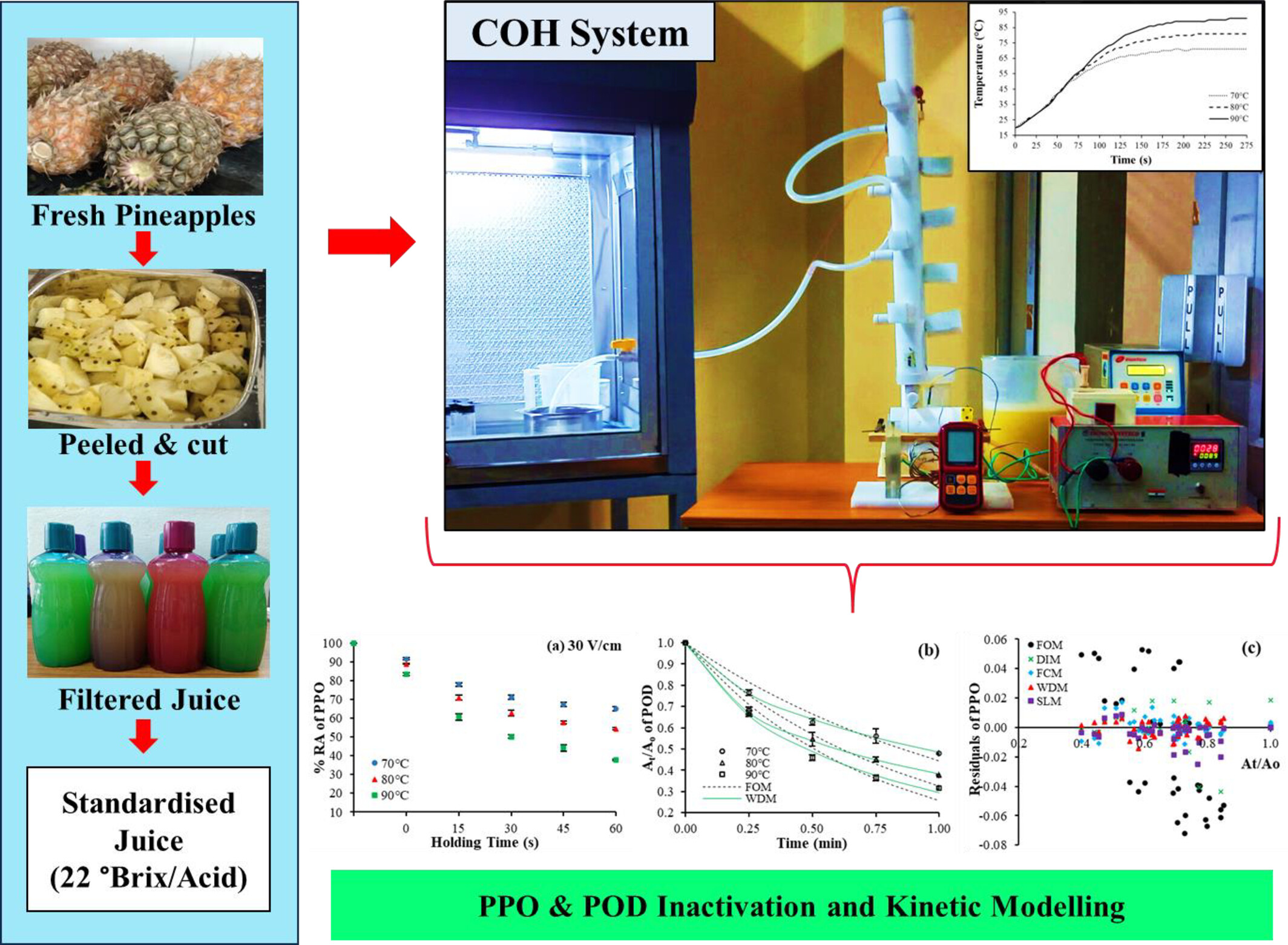
This research aimed to study the inactivation of polyphenol oxidase and peroxidase enzymes in standardized pineapple juice (22°Brix/acid) during continuous ohmic heating. Inactivation kinetic modeling showed that the Weibull distribution model was the best-fit kinetic model to predict enzyme inactivation based on statistical parameters and Akaike information criteria.
Online detection of eggshell cracks using adaptive light-source intensity
- First Published: 01 March 2024
Pulsed light processing of low sugar, added fiber RTD mango beverage
- First Published: 05 March 2024
Development and characterization of pearl millet (AHB 1200) starch nanoparticle-based edible films: A paradigm shift in food packaging
- First Published: 04 March 2024
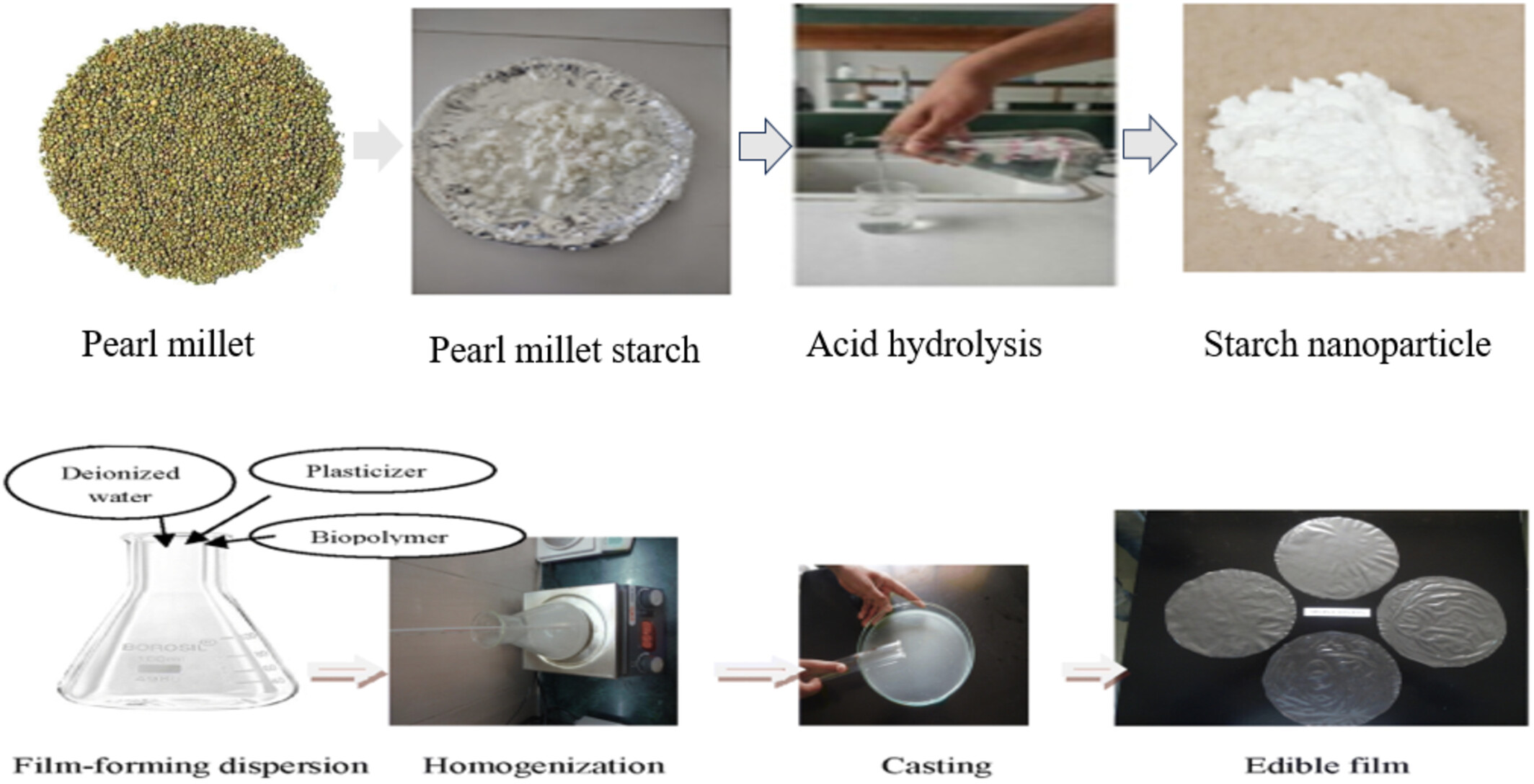
Pearl millet starch nanoparticles enhance film thickness and mechanical strength. Its nanoparticles improve moisture resistance and water vapor barrier properties. Enhanced water solubility in films with starch nanoparticles indicates improved water resistance. The composite films with starch nanoparticles demonstrate elevated biodegradability.
Effects of screw pressing conditions on fodder radish seed oil yield, throughput, and fatty acid profile
- First Published: 10 March 2024

This study pioneers the improvement of screw pressing for fodder radish seed oil extraction, comparing it with hydraulic pressing and Soxhlet extraction. The focus is on assessing oil yield, throughput, and fatty acid composition through response surface methodology. The oil extracted under optimized conditions meets quality standards.
The influence of swirl intensity on the prediction model of wheat picking speed
- First Published: 13 March 2024
Heating uniformity improvement of the intermittent microwave drying for carrot with simulations and experiments
- First Published: 13 March 2024
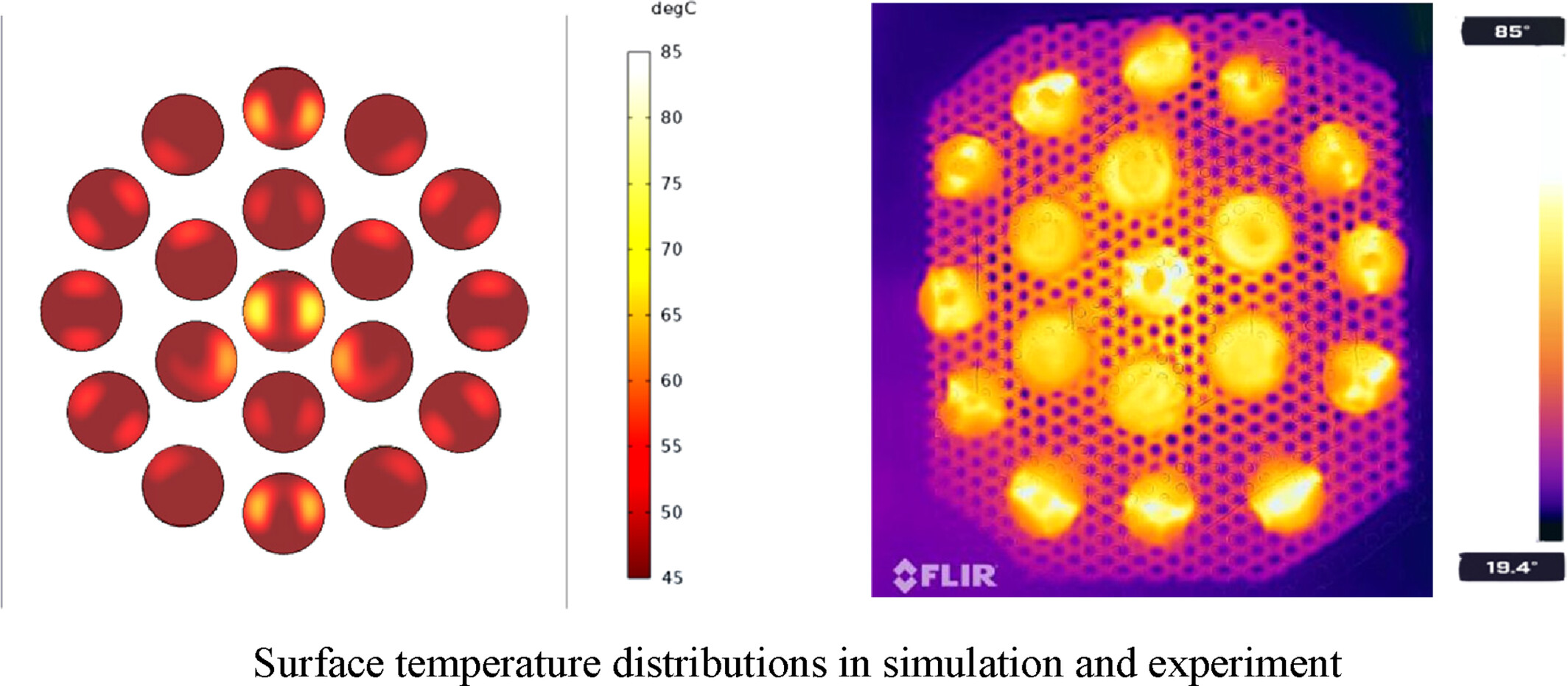
A multi-physical field simulation model was used to simulate the heat and mass transfer of carrot rotating motion under the microwave electric field, focusing on the influence of different intermittent times on carrot drying quality. Five modes with different intermittent schedules were designed and compared with simulation and experiment.
Preparation and physicochemical evaluation of phytosterol-enriched sesame oil microemulsions
- First Published: 13 March 2024
Implementation and performance evaluation of a pilot-scaled oscillating heat pipe on rice paddy drying
- First Published: 13 March 2024
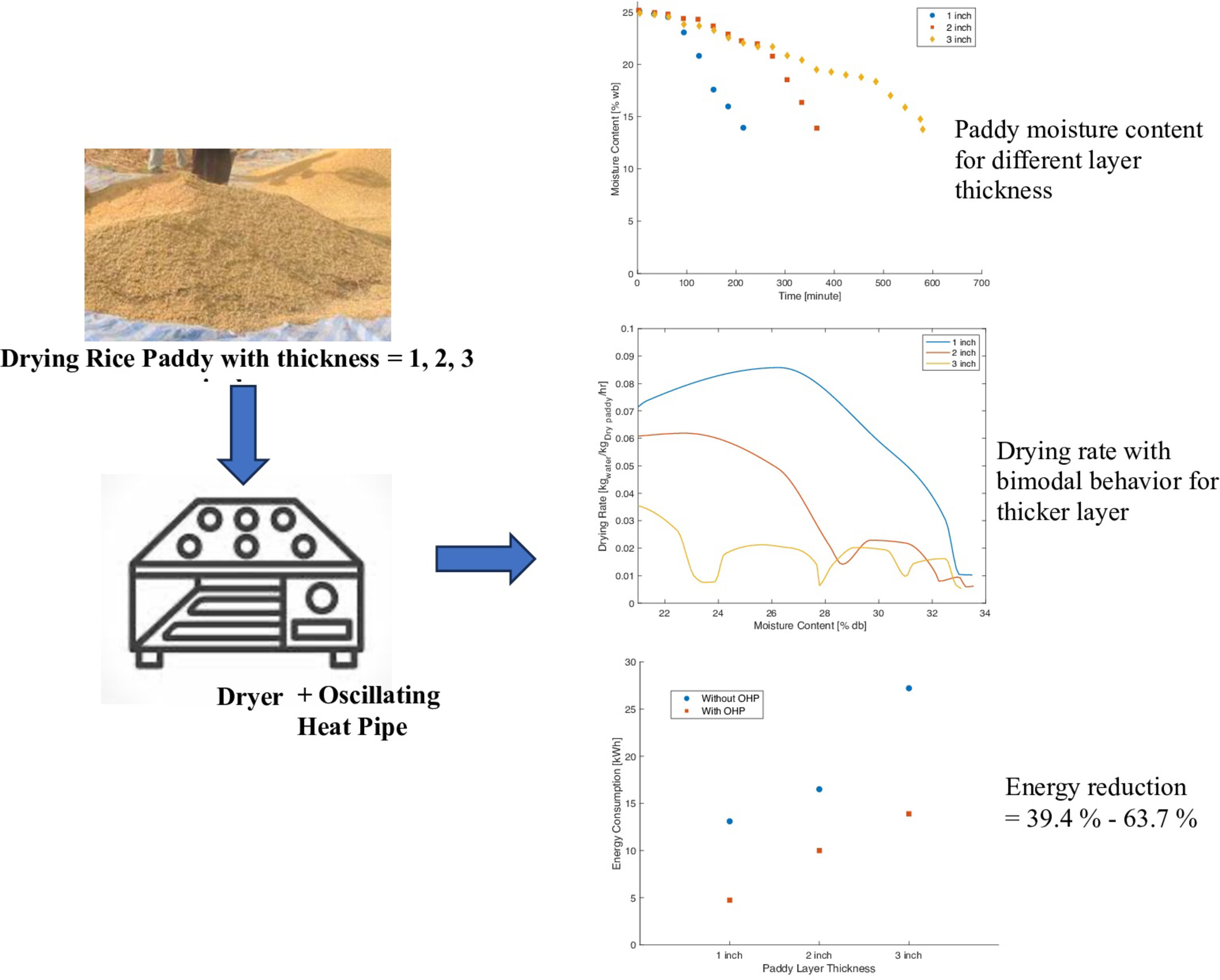
An oscillating heat pipe has been implemented on a rice paddy dryer to harness energy from residual heat. The study indicates that the duration of drying is directly influenced by the thickness of the paddy layer. The occurrence of multimodal behavior is observed in the thicker layer of paddy due to the requirement of the hot air to first undergo the drying process for the lower layer before proceeding to dry the upper layer. Upon installation of the oscillating heat pipe, energy consumption is decreased by 39.4%–63.7%.
Effect of different ultrasound conditions and other parameters on solids gain, water loss, and properties of osmotically dehydrated carrots
- First Published: 13 March 2024
Application of hyperspectral imaging and colorimetric sensor array coupled with multivariate analysis for quality detection during salted duck eggs processing
- First Published: 13 March 2024
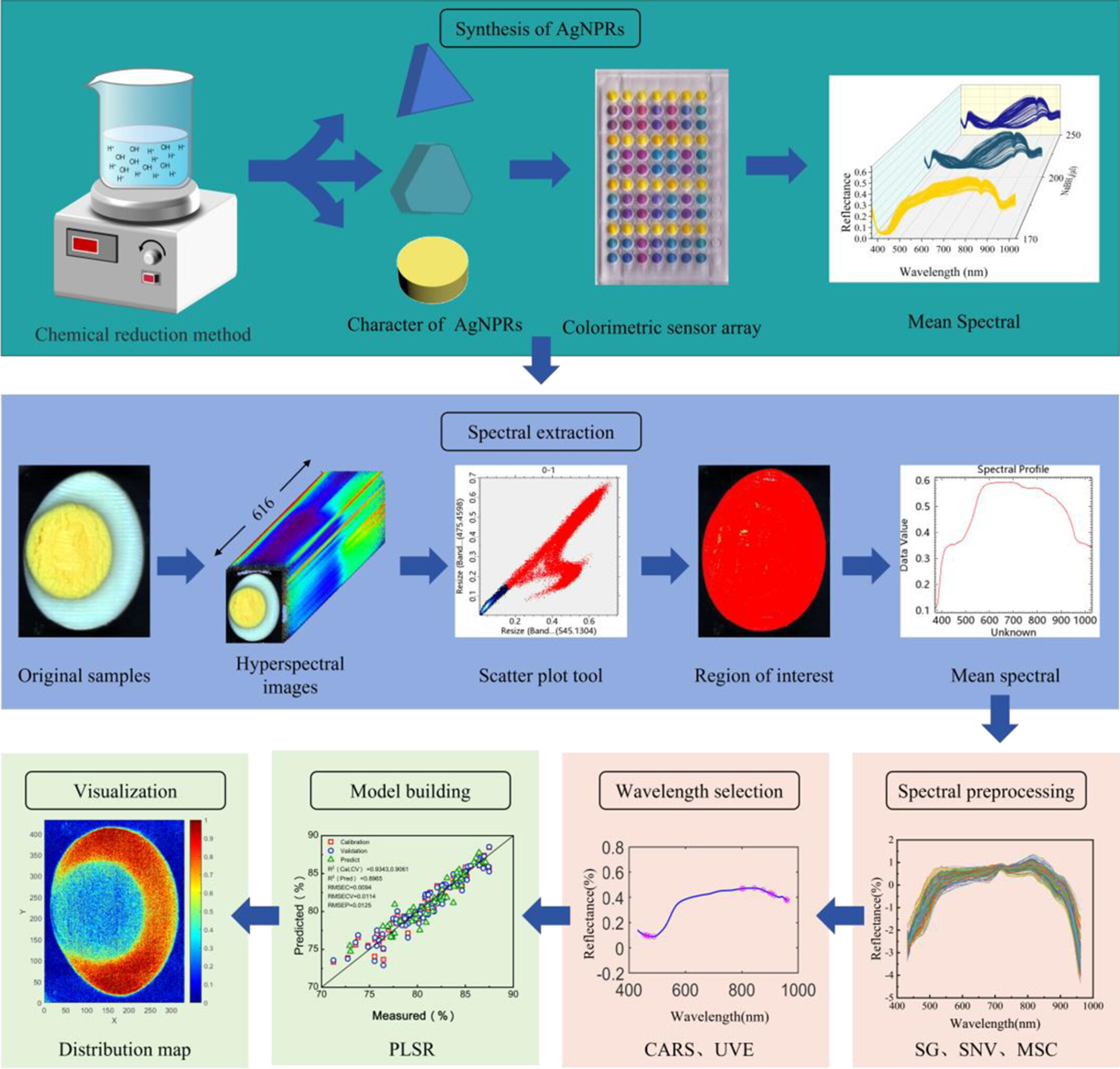
This study utilized salts-sensitive colorimetric sensor array (CSA) and hyperspectral imaging (HSI) system combined with multivariate analysis to realizing the quantitative detection of salt, moisture and lipid content of salted duck eggs. The results showed that salt-sensitive CSA and the HSI system performed well in detecting salted duck eggs.
Research on lightweight detection algorithm for millet quality grading
- First Published: 14 March 2024
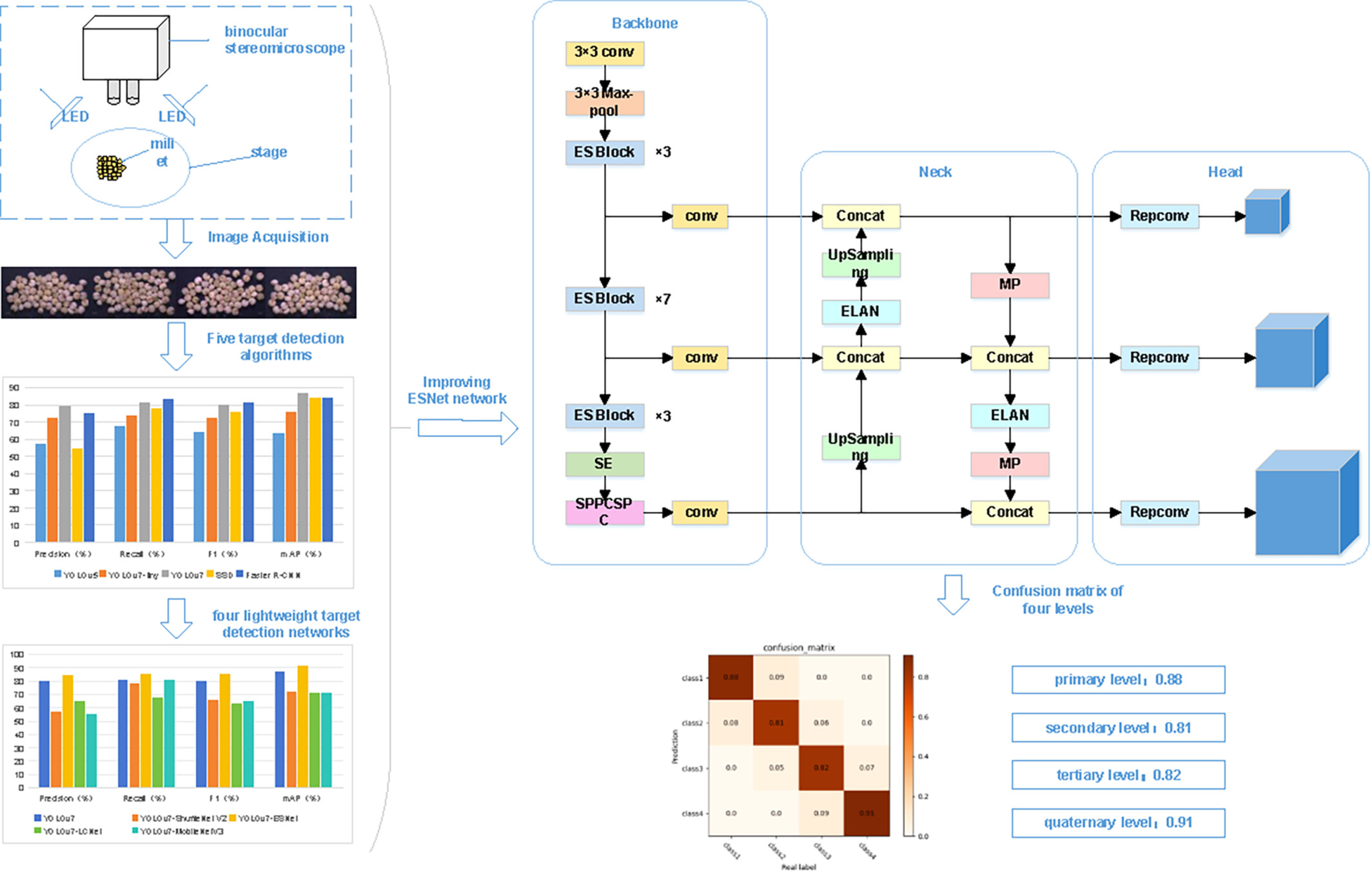
This study compared five target detection algorithms and four lightweight target detection networks to select the optimal model. Subsequently, improvements were made to the ESNet network and Soft EIoUNMS to enhance the accuracy and inference speed of lightweight detection for densely packed millet. The challenges of precise millet detection in complex scenarios were successfully addressed.
Use of flours from traditional pan and salt-bed-roasted Kodo grains in the production of breakfast cereal: Spatial, morphological, techno-functional, structural, and rheological analyses
- First Published: 17 March 2024
Impact of ultrasound pretreatment on banana chip production by convective drying using hot air: Consideration of shrinkage and variable effective mass diffusivity in the process description
- First Published: 17 March 2024
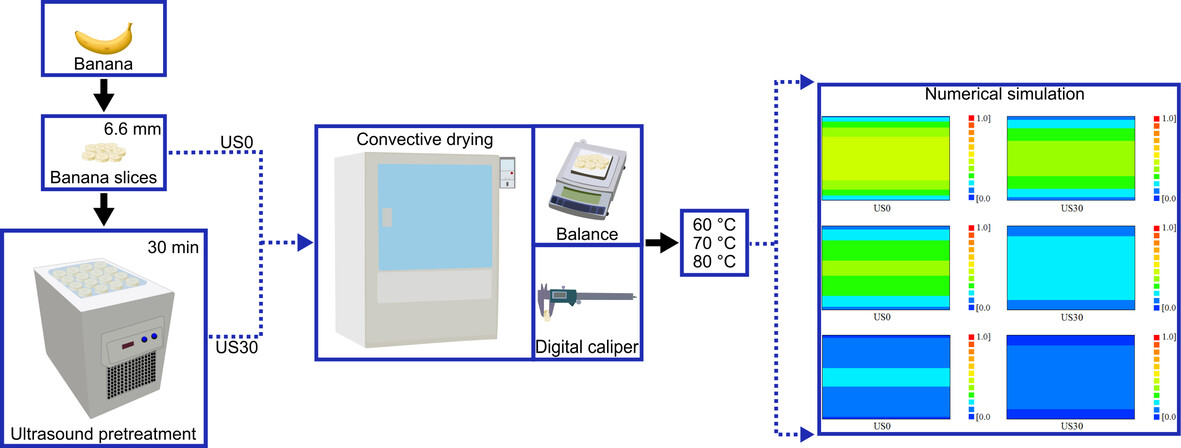
Convective drying of banana slices with US application is numerically simulated. The technique uses an optimization algorithm to determine D and h, rather than conventional slope-based methods. A cosine-type function was adequate to describe D's behavior. Simulated results are in agreement with experimental results.
Monitoring the quality changes and freshness assessment of eggs based on chemometrics method
- First Published: 17 March 2024
Minimizing the environmental footprint in food production: A case study on the improvement of an industrial tank cleaning process through adaptive cleaning devices
- First Published: 17 March 2024
Extraction of phenolic compounds from spent coffee ground using natural deep eutectic solvents: New modeling approach
- First Published: 19 March 2024
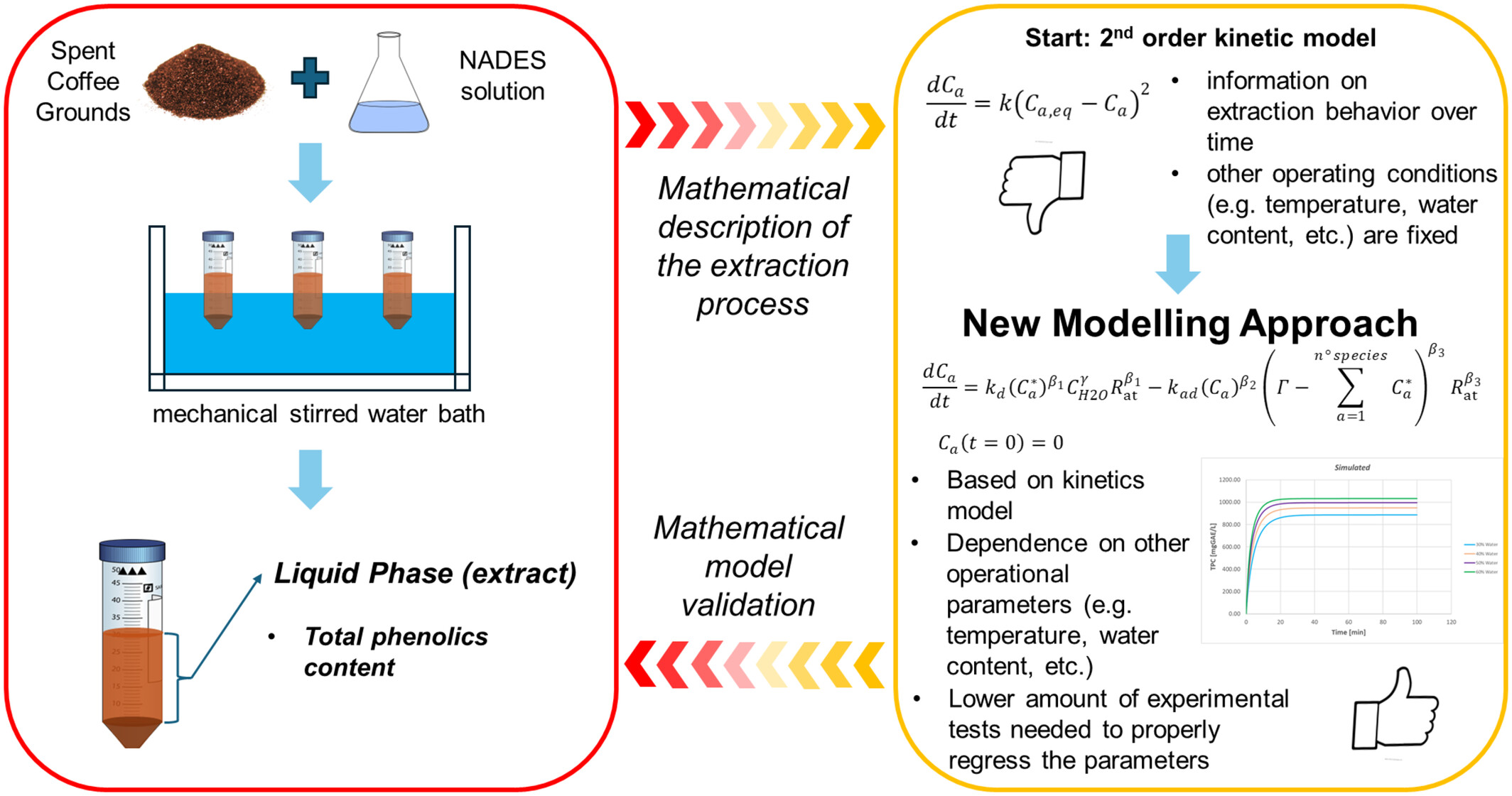
Development, discussion, and validation of a new modeling approach for the extraction of bioactive compounds from by-products using natural deep eutectic solvents. In this work, the extraction of phenolic compounds from spent coffee grounds was analyzed. This new approach overcomes some gaps related to the kinetic extraction models and the surface response methodology.
A novel process for rutin recovery from model solutions using nanofiltration: Experimental study, mathematical modeling, and scale-up design
- First Published: 24 March 2024
Mung bean flour-added extruded snack production: Evaluation of the pasting properties of flour blends and the physicochemical, morphological, and functional properties of the product
- First Published: 19 March 2024
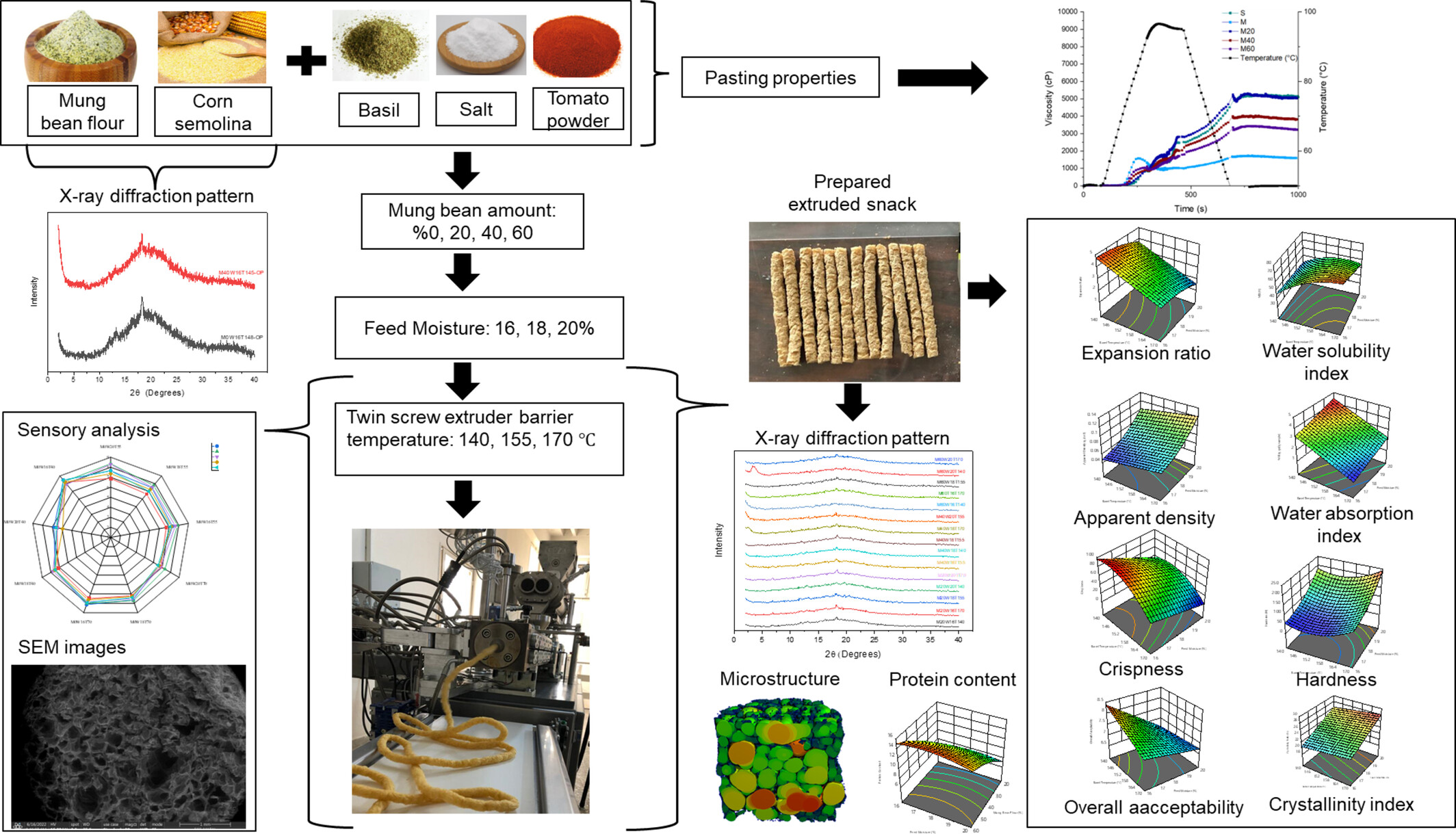
The quality attributes of extruded snacks, including expansion, density, hardness, crispiness, crystallinity, and morphology, are notably influenced by mung bean flour content, barrel temperature, and feed moisture. Mung bean flour offers a promising option for improving snack quality, reducing starch digestibility, and increasing available protein for digestion.
Stacking ensemble learning for gas sensor-based detection of salmon freshness and shelf life
- First Published: 19 March 2024
COMPREHENSIVE REVIEWS
Application of artificial intelligence techniques in meat processing: A review
- First Published: 25 March 2024
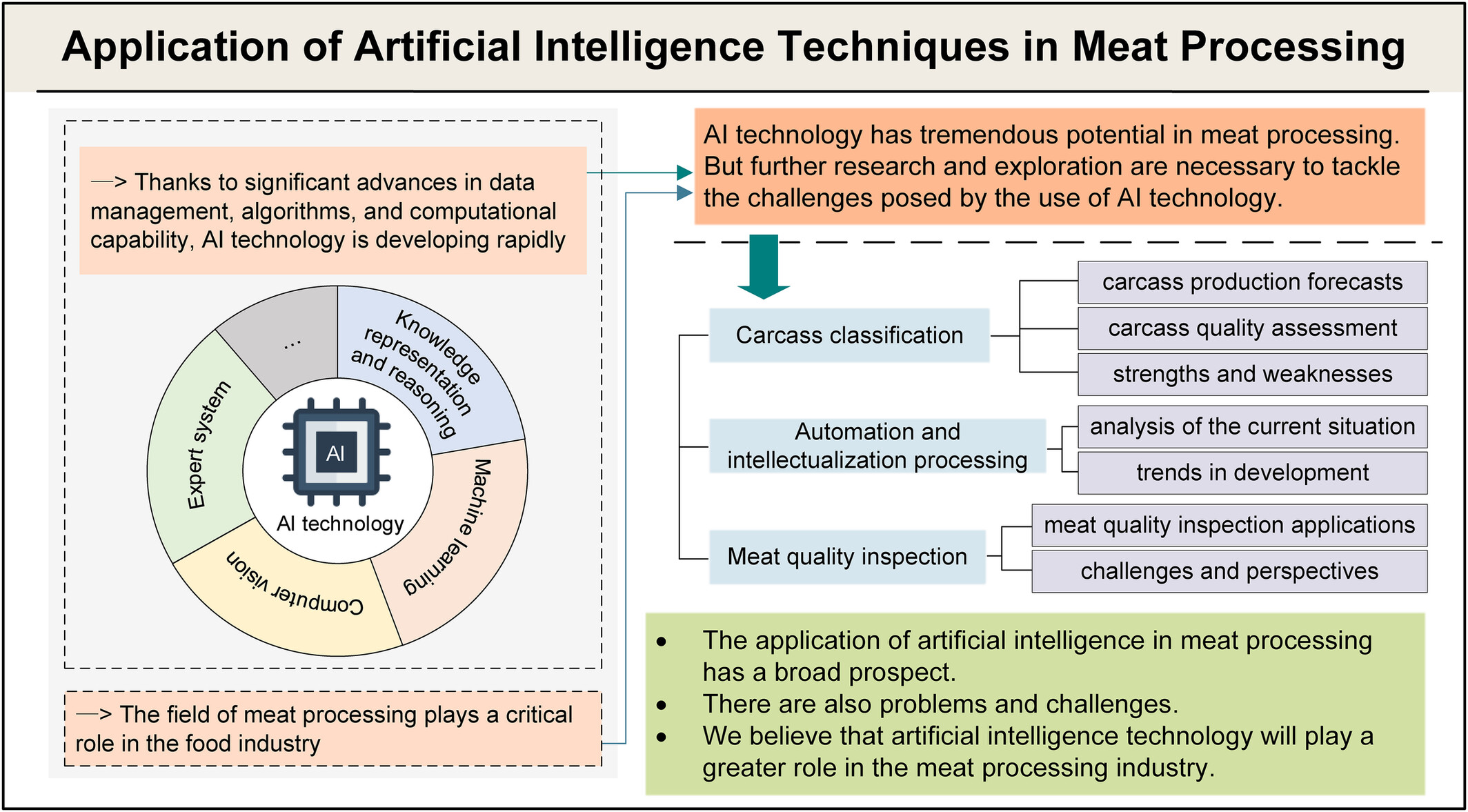
- Our study delves into the application of AI technology in pivotal areas, including carcass categorization, automation, intelligent processing, and the detection of meat quality.
- Our study is expected to inspire further research on AI technology in the meat processing industry and provide a reference for researchers.
Preservation of fruits through drying—A comprehensive review of experiments and modeling approaches
- First Published: 02 March 2024
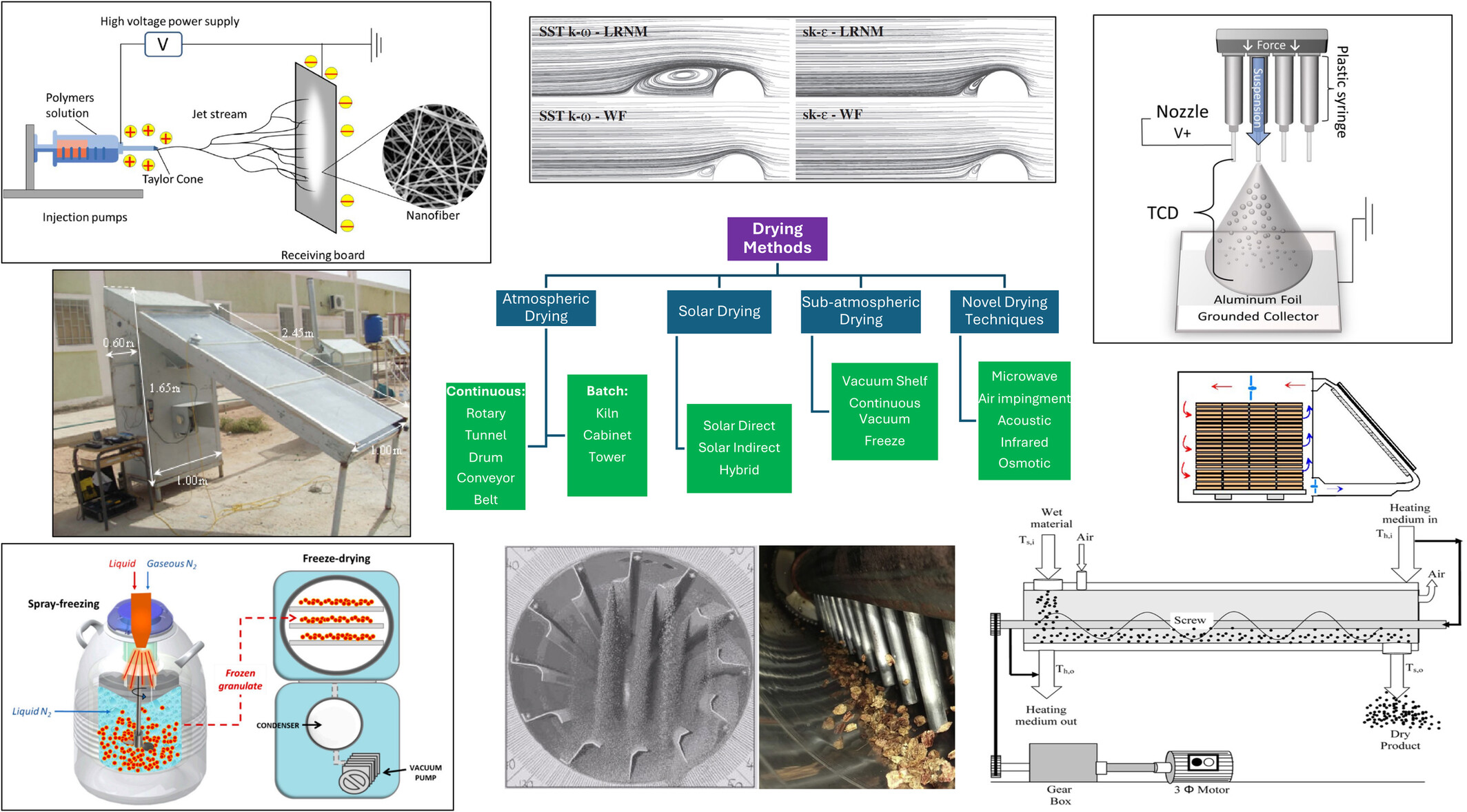
This study addresses global food access challenges, highlighting the impact of population growth. It explores atmospheric and subatmospheric drying methods, emphasizing the effectiveness of solar drying for energy savings. The review delves into artificial neural networks for predictive modeling in food drying, revealing a growing interest in environmentally friendly and energy-efficient drying techniques, including ultrasonic, infrared radiation, and electrohydrodynamic methods for improved control and shorter durations.
Impact of pulsed electric fields on membrane disintegration, drying, and osmotic dehydration of foods
- First Published: 07 March 2024




